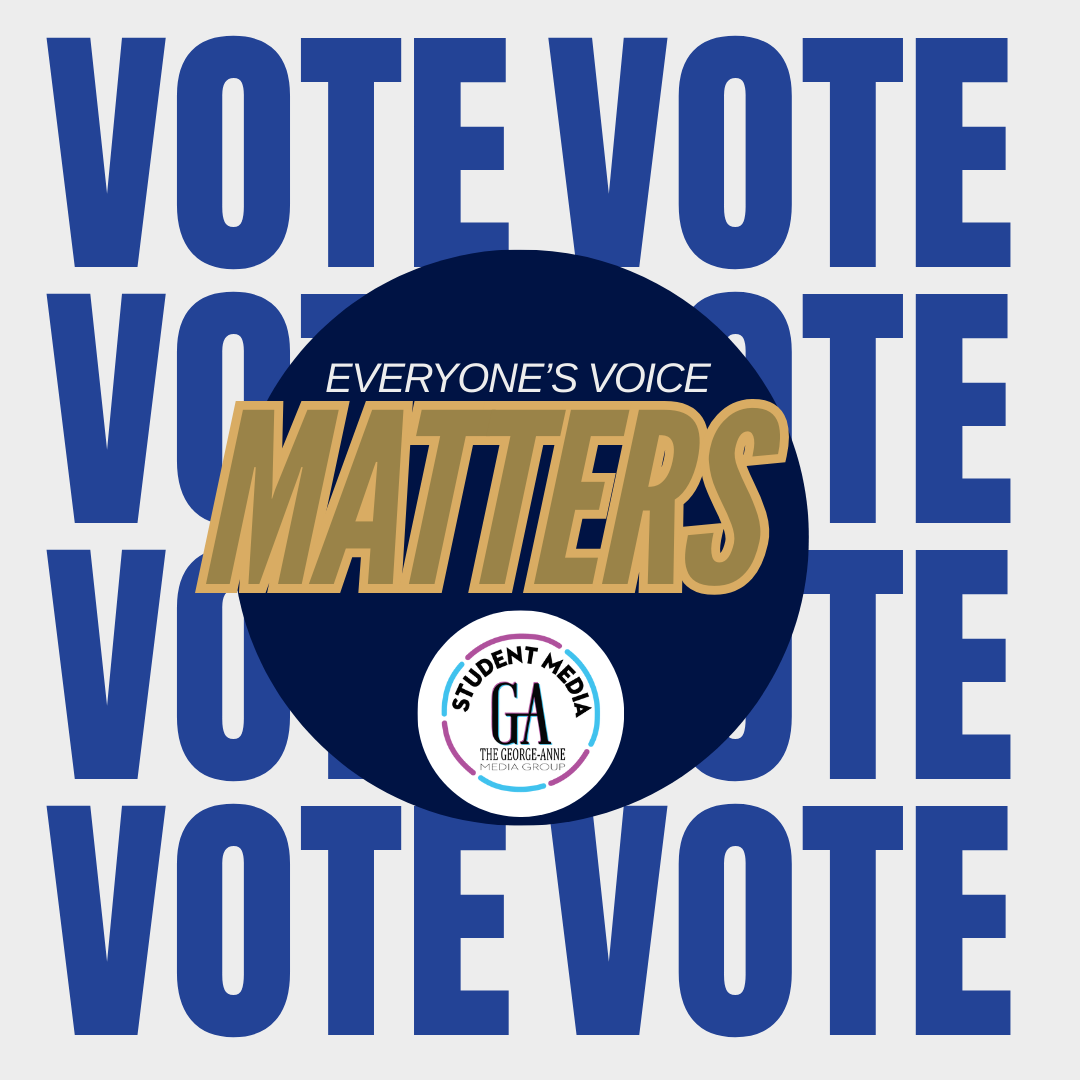Less than six percent of GSU full-time faculty are black
February 26, 2015
As of fall 2013, Georgia Southern University employed 47 black teaching faculty fulltime, amounting to 5.7 percent of the total fulltime faculty. When compared with four similarly-sized public universities in Georgia, GSU ranks second in black faculty representation.
In the lead is Georgia State University, whose teaching faculty is nearly 10 percent black. Trailing behind is the Georgia Institute of Technology with less than three percent. The University of Georgia and Valdosta State University’s numbers match GSU’s very closely, with 5.6 and 5.3 percent black faculty respectively.
“The university’s doing very good with increasing the number of African-American students, but faculty and administrators, not so much,” Dr. F. Erik Brooks, former GSU professor and one of this year’s black history month speakers, said.
“I think historically, GSU has always had a rich tradition of honoring black history month and all that that means. I’m very impressed with all that Georgia Southern has done but I’ll help us remember that we’re still not there yet,” Dr. Brooks Keel, Georgia Southern University president, said.
In part, Brooks blames the “no qualified blacks myth” for the lack of diversity in college faculty. Some argue that universities cannot increase the numbers of black faculty because black professors are always leaving for better jobs, but Brooks does not accept that as an excuse.
“When you get your Ph.D., you just want to get a job someplace. Once you get that job, say you’re a star. You produce all this research and your teaching is fantastic. You’re doing service, you’re doing all this stuff – there are universities with more dollars, more prestige that come and pluck those black faculty away. That happens,” Brooks said.
However, he sees no reason why schools like GSU could not play by those same rules.
“But in turn, Georgia Southern could go to some other place, a smaller place, and pluck some star African-American faculty person from there,” he said.
While black professors are harder to come by, Brooks said he believes GSU could do more to increase diversity.
According to the National Center for Education Statistics, numbers similar to GSU’s hold up across the country, with black professors making up only six percent of approximately 750,000 fulltime teachers employed by U.S. colleges.
“I think to have a diverse student population, you need to have a diverse faculty that they can relate to. It’s one thing to talk diverse, it’s another thing to actually have it. So we have a ways to go,” Keel said.








